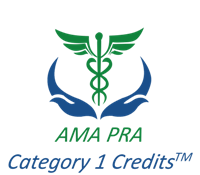Hari Priya Bandi
Macquarie University, Australia
Title: Using a ligand-directed thrombotic agent in an animal model of Arteriovenous Malformation (AVM) to induce vascular occlusion.
Biography
Biography: Hari Priya Bandi
Abstract
Aim: Arteriovenous malformations (AVMs) of the brain are a major cause of stroke in children and young adults and there are currently limited treatment modalities. Vascular targeting methods, where the AVM nidus is ‘primed’ to molecularly distinguish it from normal and in particular en passant vessels, that could then be targeted with a thrombotic agent, would be very attractive in the treatment of AVMs. Priming with radiosurgery is useful as irradiated endothelial cells over-express phosphatidylserine (PS). This can then be targeted with an antibody for PS, Annexin, which conjugated with thrombin, could effect occlusion of the AVM nidus. Methods: 30 animals were used, with 3 groups; GKS and conjugate (Annexin and thrombin); conjugate with sham GKS; and finally GKS with placebo. The model AVM was created by anastomosing the left external jugular vein to the common carotid artery in male Sprague-Dawley rats. Radiosurgery was delivered with the GammaKnife at Macquarie University Hospital (‘GammaKnife Surgery’, or ‘GKS’) with a marginal dose of 20 Gy. Results: Thrombosis rates of the AVM vessels assessed histologically were 47% in the GKS and conjugate group, 44% in the group with conjugate alone, and 63% in the GKS alone group. Conclusion: The results show that while the ligand-directed conjugate is selective, there was an unexpected decrease in thrombosis. This project is an important first step in vivo testing of vascular targeting methods for the treatment of AVMs.

